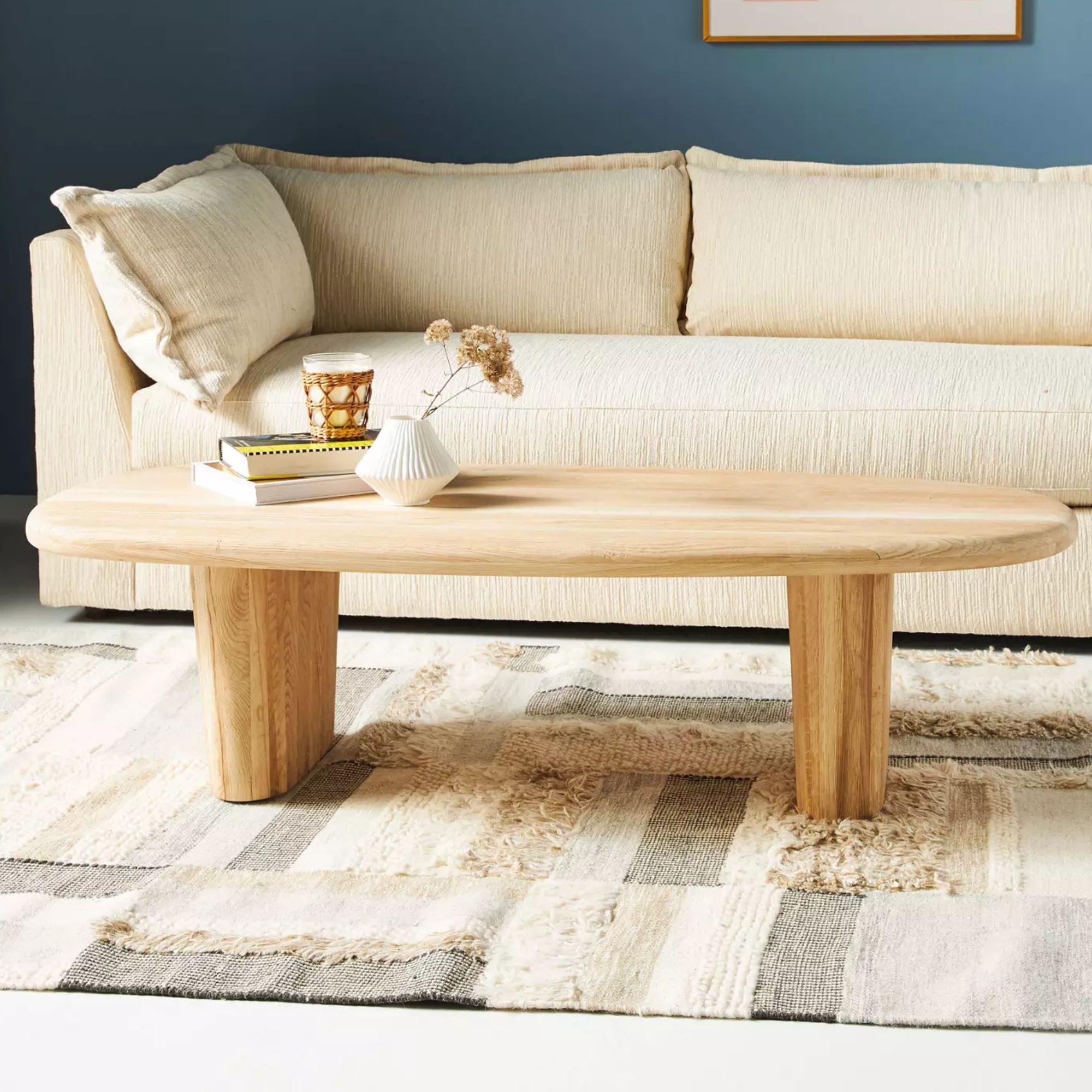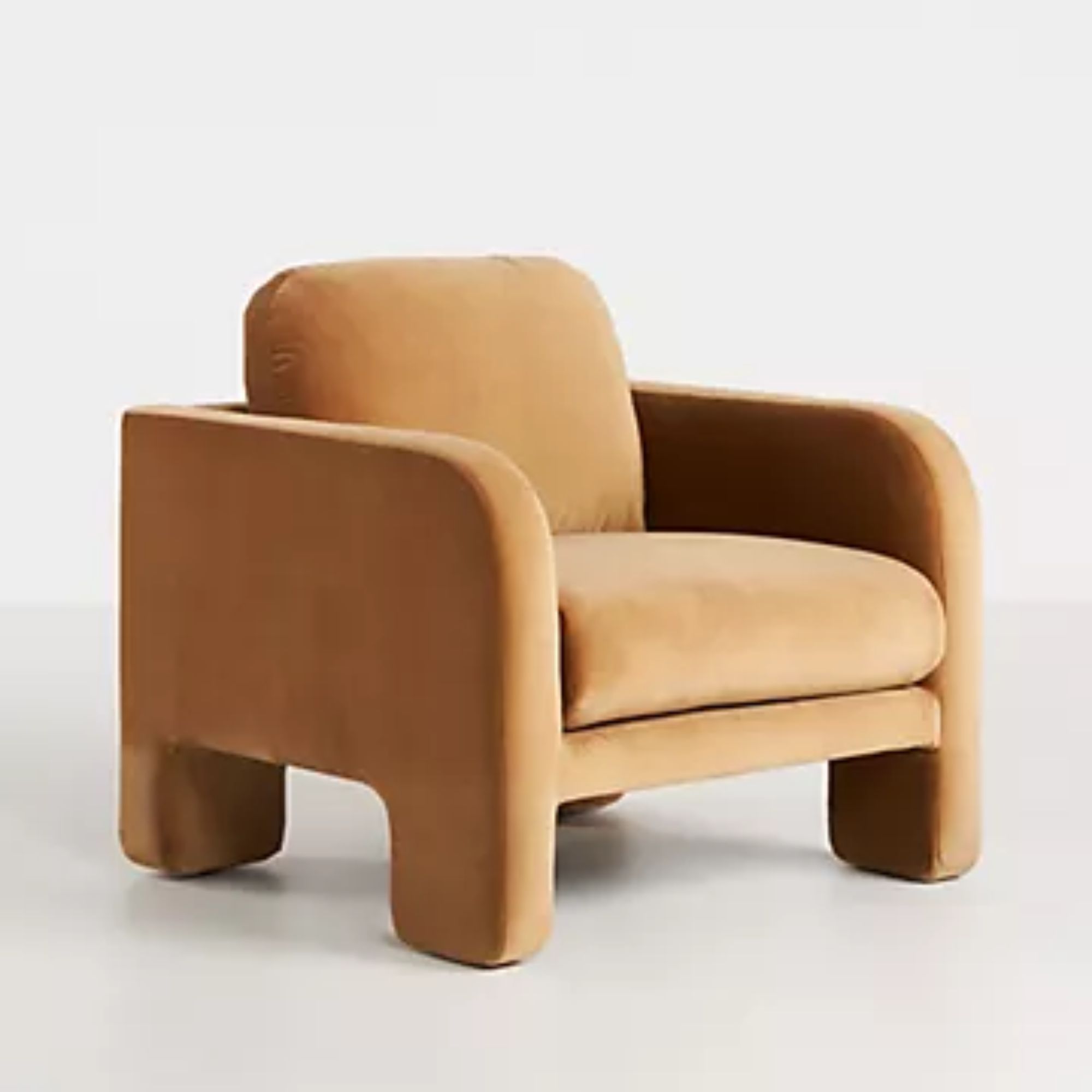8 things minimalists never have in a living room – according to interior designers
A minimalist living room is all about embracing simplicity and functionality
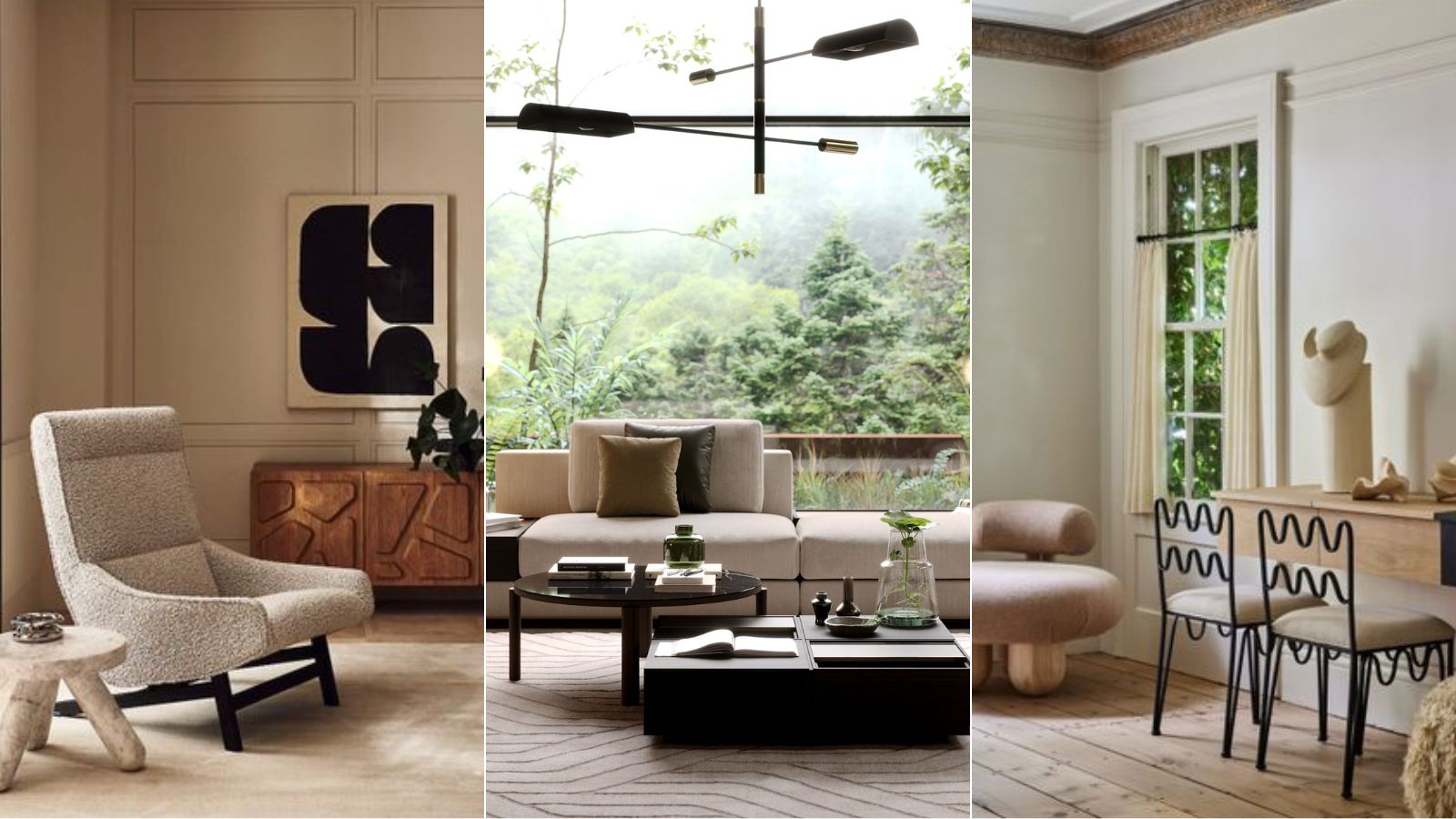

A minimalist living room is about creating a sеrеnе, clutter-free sаnctuаry where еvеry item hаs its рurрose аnd plаce. Given minimalism's prioritization of quality over quantity, a living room should be kept simple and meaningful, with every item contributing to aesthetics or functionality.
A minimalist living room can be a haven to relax and unwind in, which is why there is such a strong emphasis on removing chaos in terms of decor and clutter to create purpose and harmony since a disorderly space can create a disorderly mindset.
Our experts have recommended the top eight things minimalists never have in a living room. These are the things to take out of a living room to create a minimalist space.
Things minimalists never have in a living room
'In a minimalist living room, every item is meticulously chosen and placed, ensuring that the space breathes tranquility and order,' says Tadas Pukas CEO and founder of Minimalistic Linen.
Here are some specifics that you won't find in a minimalist space.
1. Excessive, bulky furniture
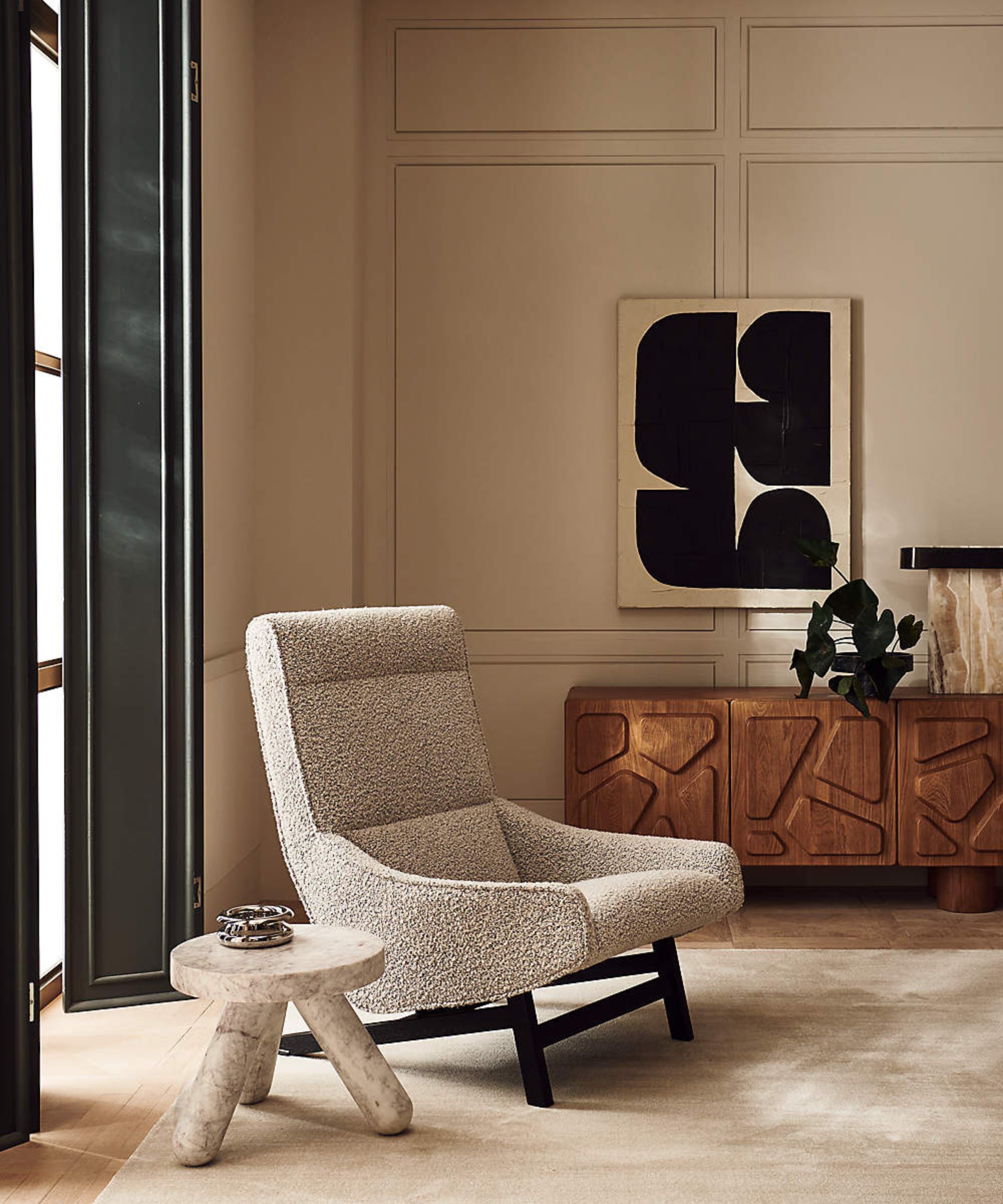
'Minimalist living rooms steer clear of bulky, oversized furniture,' says Elizabeth Grace, founder of Dream Home Making. 'Instead, opt for sleek, streamlined pieces that serve a specific purpose.'
This means they typically steer clear of oversized or unnecessary pieces such as bulky chairs, couches, and multiple coffee tables.
Instead, minimalists focus on a few carefully chosen, subtle but impactful and versatile pieces that serve their intended purpose without overwhelming the space.
Streamlined, multifunctional furniture options can be ideal in a minimalist living space where to goal is to avoid visual clutter since these can reduce the appearance of a busy living space.
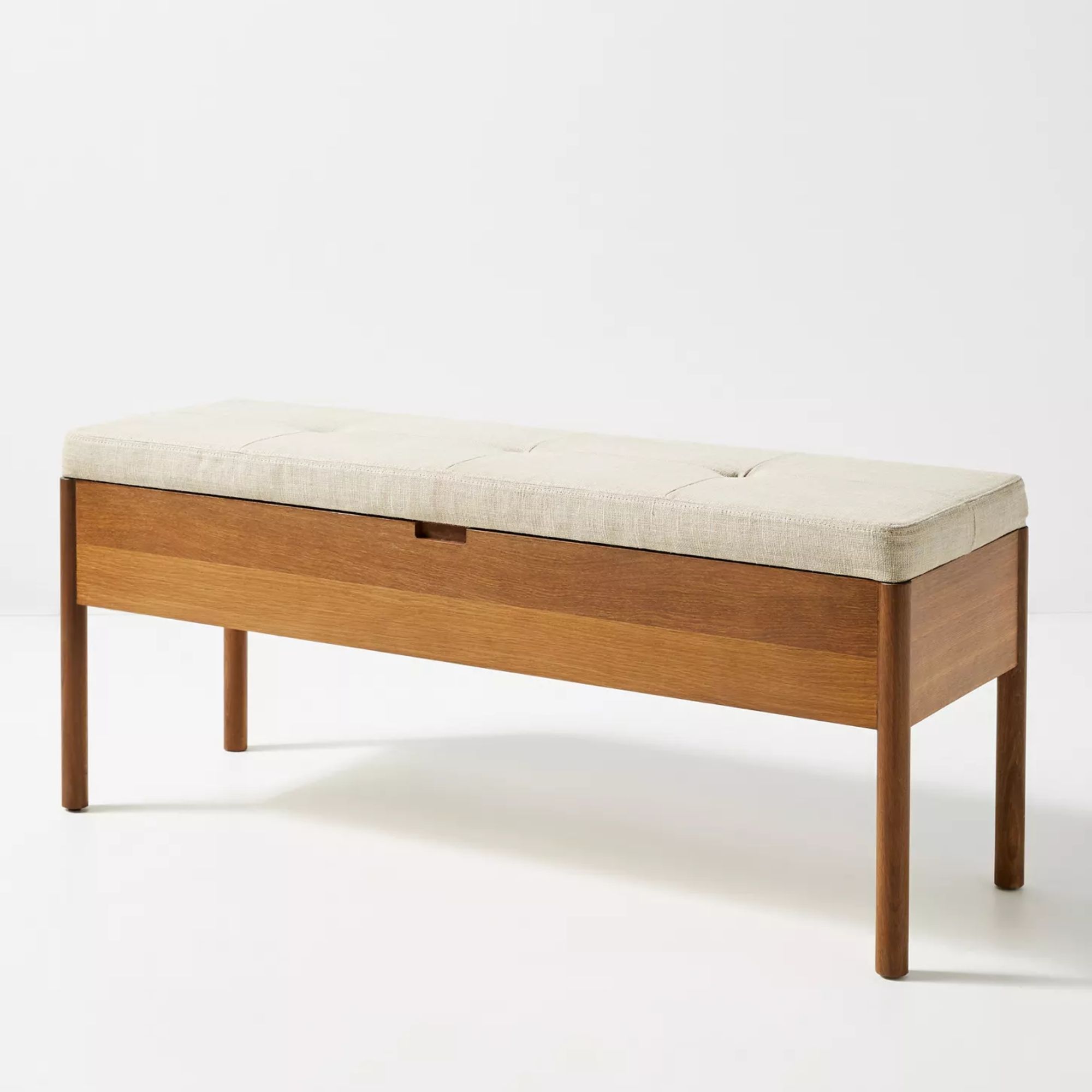
Was $598.00, now $358.80
Tuck all your items away using this storage bench, the perfect item to the minimalistic appearance in your living room.

Elizabeth Grace is an interior designer, furniture and home expert. She received her degree in interior design from the University of Notre Dame. Elizabeth landed her first job as an intern with a leading firm in New York City, learning from some of the city’s top designers. She currently works as an interior designer for both residential and commercial clients.
2. Over-the-top patterns and textures
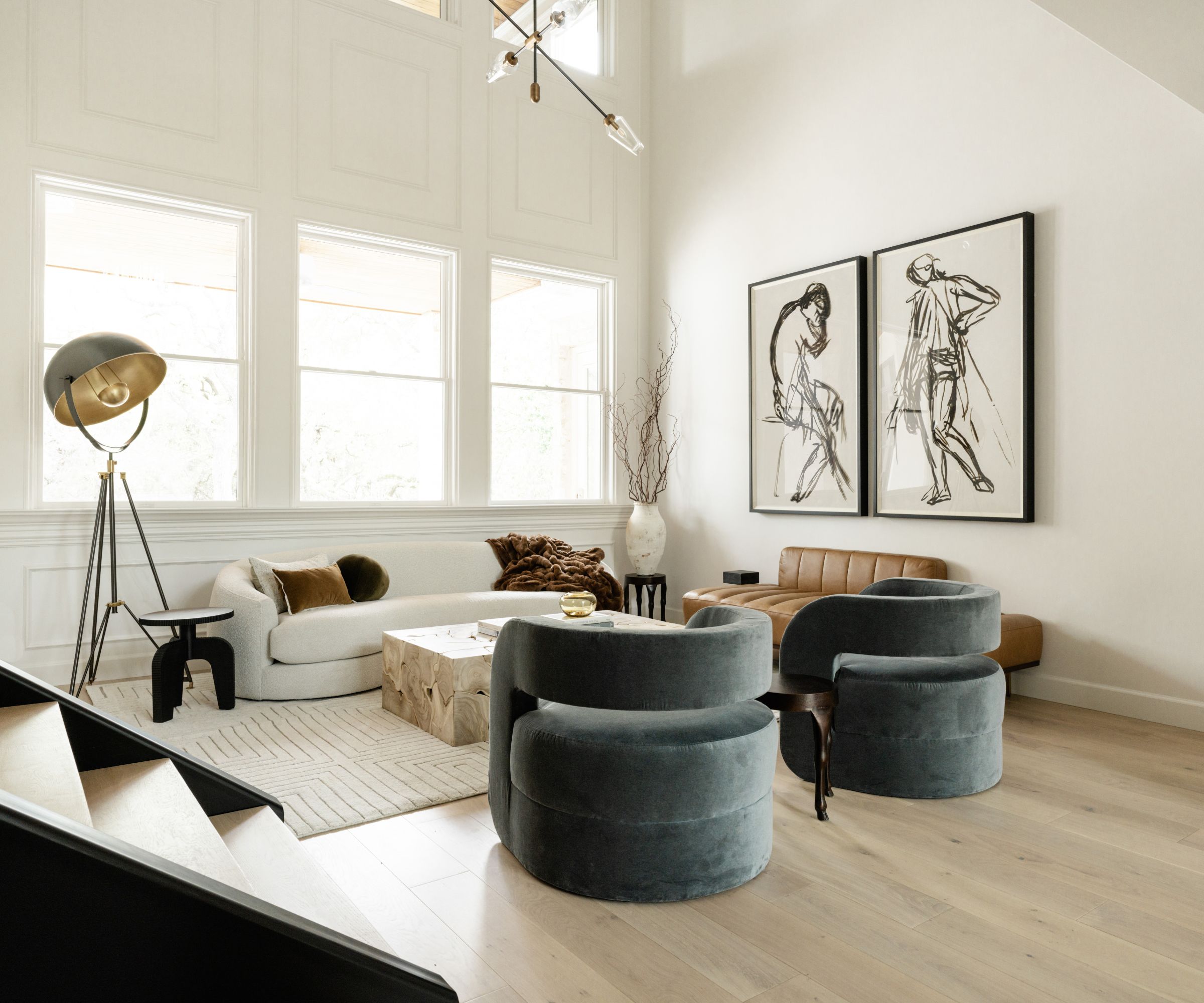
Minimalists always avoid excessive patterns and prints, from ornate wallpapers, heavily patterned rugs or curtains, to busy upholstery fabrics.
'Complex, tight patterns and floral designs are avoided as they tend to draw unnecessary attention and complicate the visual aesthetic,' explains Tadas Pukas.
'Similarly, minimalists shy away from fussy rugs, such as those with intricate Moroccan or Persian designs. The aim is to select unassuming, neutral-colored rugs that complement rather than dominate the space.'
Instead, they choose solid, neutral colors or subtle, minimalist patterns with clean lines or geometric patterns if needed, to maintain a serene atmosphere.'
3. Decorative clutter
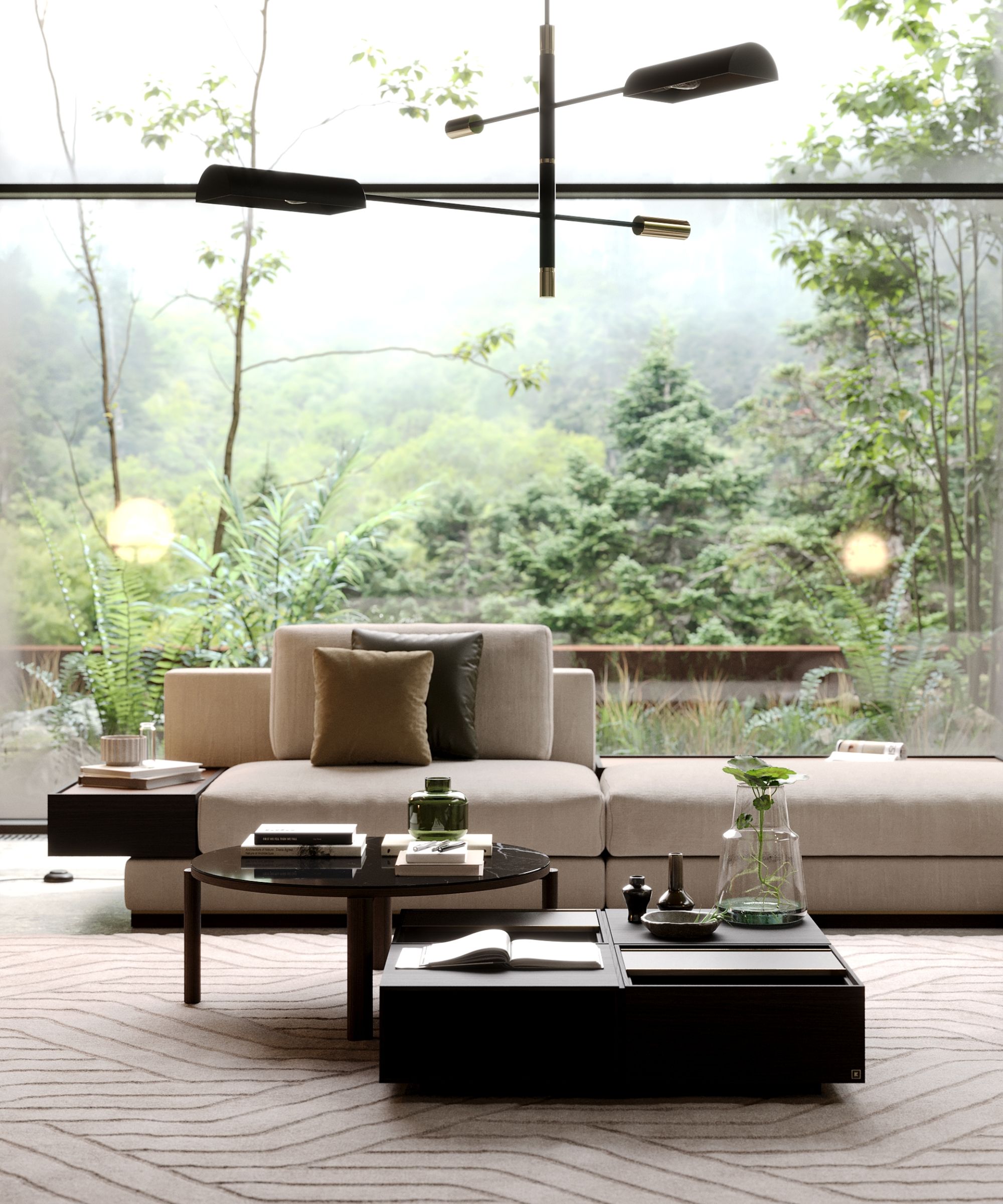
'When we talk about what minimalists don't have in a living room, we're referring to a key idea of minimalism: purposefully excluding what's not needed,' explains James Scaife, owner of Olson and Baker. 'Minimalists bid farewell to clutter and knick-knacks. Instead, they opt for clean, unobstructed surfaces that evoke a sense of serenity.'
'Open shelves and coffee tables adorned with an assortment of knick-knacks and clutter disrupt the minimalist aesthetic,' advises Elizabeth Grace.
Minimalists opt for a more simplified and purposeful approach, with décor pieces that hold personal significance or add to the overall aesthetic without overcrowding the space.
suggests 'Steer clear of excessive ornamentation. Every decor piece is chosen for both aesthetics and utility.
Minimalists also keep coffee tables clutter-free. When it comes to items never to store on a coffee table for a minimalistic aesthetic, Avoid filling it with too many items. 'Avoid stacks of magazines, remote controls, or an abundance of decorative items,' says Artem Kropovinsky, founder of Arsight. 'Unnecessary clutter is a minimalist's pet peeve. Select a few carefully curated items or a single statement piece,' adds Artem Kropovinsky.
'Then, there are those open shelves. They're trendy, no doubt, but in a minimalist setting, they can quickly turn into showcases for all our odds and ends,' says Ryan Fitzgerald, owner of Raleigh Realty. 'Closed storage or built-ins are a smarter choice here. They hide those items that we don't necessarily want on display, ensuring the living area maintains that clean, peaceful feel.' If you do opt for open shelves, ensure you have a well-balanced and limited display of items.
So, a minimalist living room, embrace concealed storage solutions to keep the living room tidy and uncluttered. Floating cabinets or closed bookcases can help achieve this.
4. Saturated color palettes
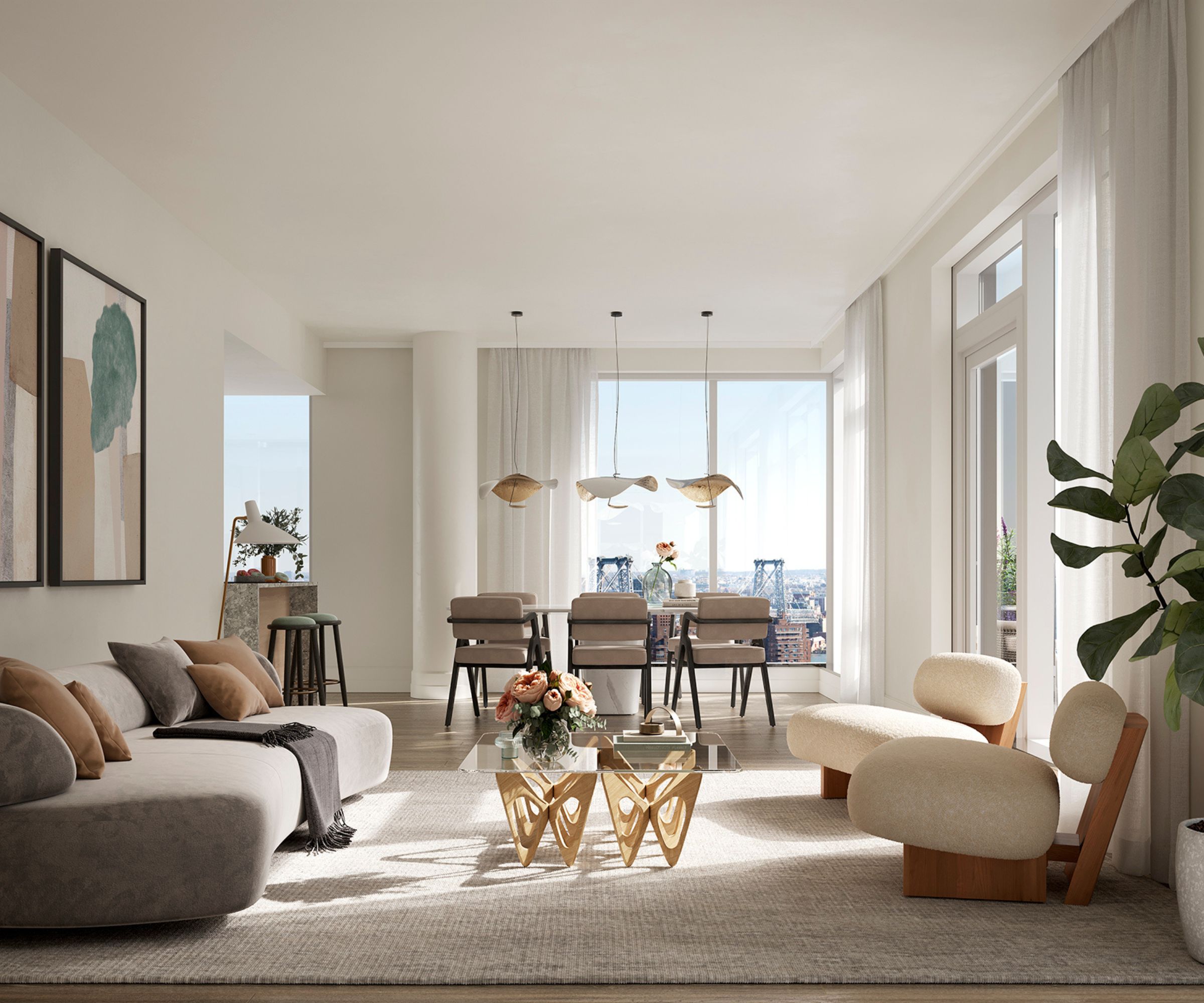
'Minimalist color palettes use soft, neutral colors to create a calm atmosphere,' says James Scaife. 'Bold, contrasting and busy patterns are replaced with simplicity,' for a sense of calm and cohesion.
Tadas Pukas adds, 'The color palette in a minimalist living room is restrained, often built upon a neutral base, perhaps with soft, complementary colors like deep blues or blush pinks. The key is to avoid having too many competing colors in one space, ensuring a serene and visually soothing environment.
This applies to all elements in the living room: 'Cushions, if used, adhere to a cohesive color scheme or pattern, ensuring unity and avoiding clashes.'
5. Overly large and busy artwork
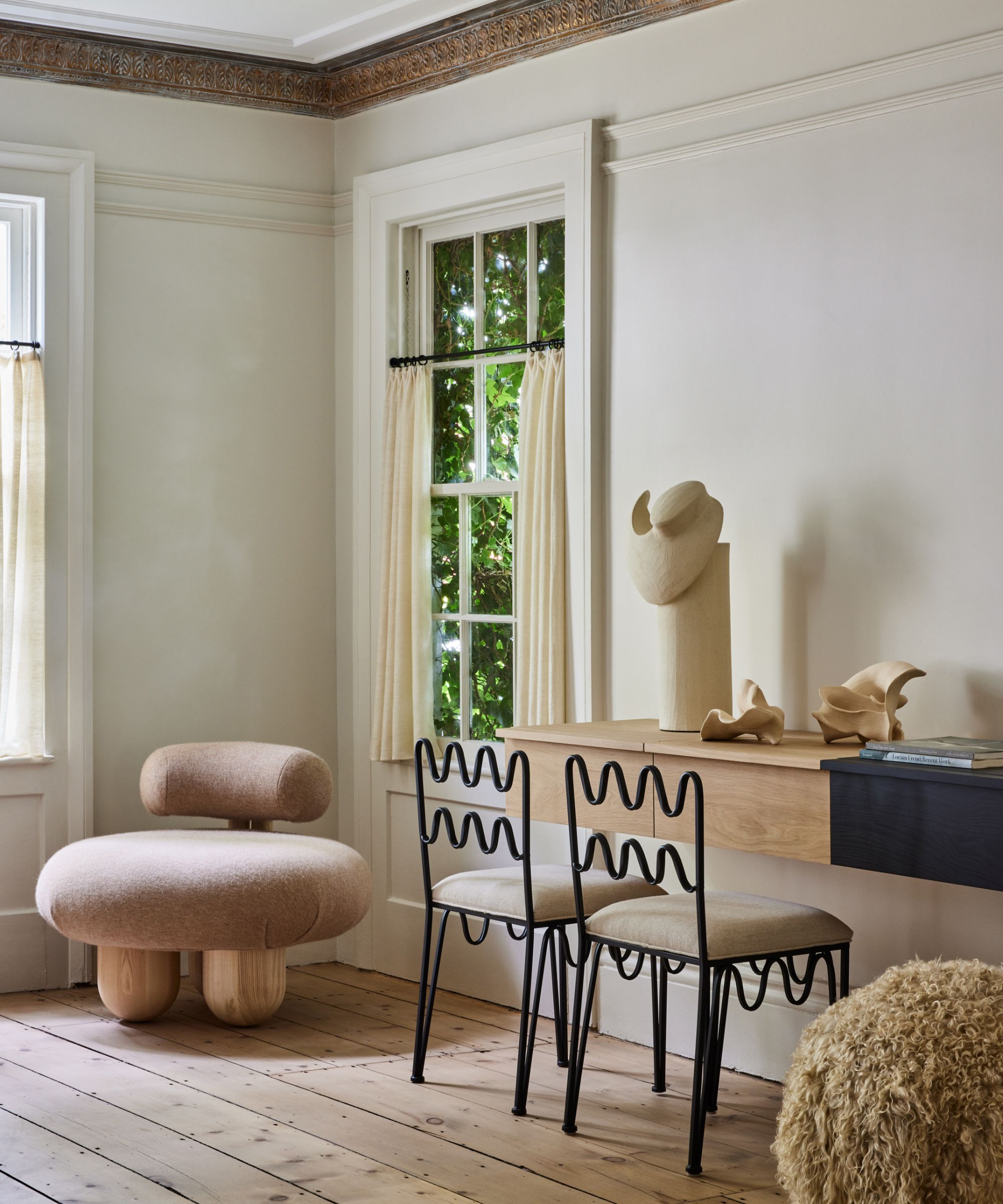
'While art can be a beautiful addition to a minimalist living room, avoid oversized or dominating pieces that overpower the space. Minimalists favor subtle and meaningful art that complements rather than dominates,' says Artem Kropovinsky.
'When it comes to art, it's amazing how the right piece can light up a room. But crowding the walls with too many pieces, especially if they don't quite mesh, can be overwhelming,' agrees Ryan Fitzgerald, 'The solution is to focus on one or two standout items that really resonate, and let them take center stage.
'You'll see that minimalism is a lot about choosing, and in a world that has SO many items, choosing what to have and being happy with it is the real cornerstone of a living room!'
While you can still choose artwork that stands out, it should be in its simplicity that it acts as an anchor for your minimalist living room decor, rather than because it is busy and therefore eye-catching.
Anthropologie has a range of minimalist wall art to inspire you.
6. Excessive electronics
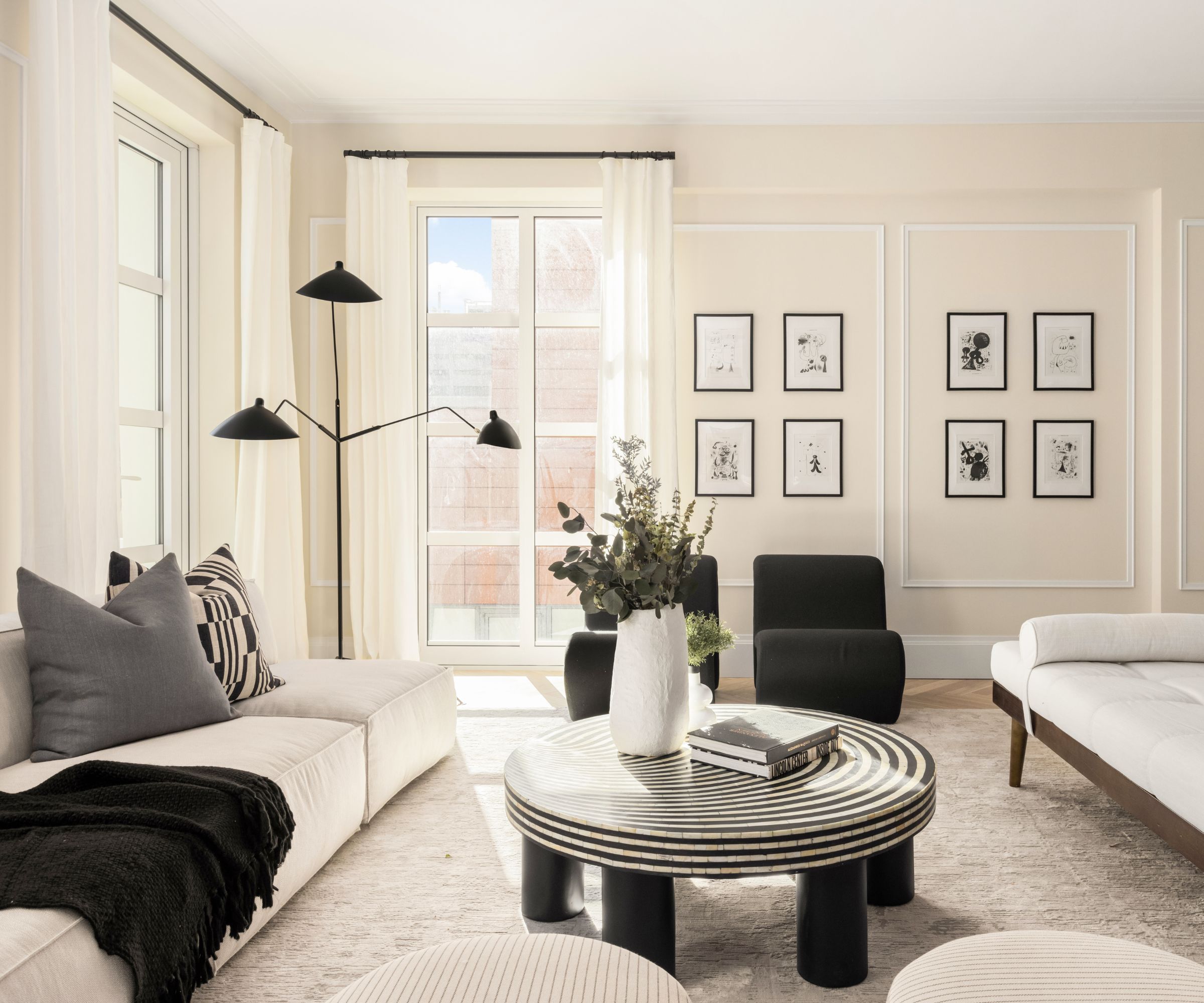
'While technology has its place, minimalists often eschew large, dominating screens like oversized televisions, preferring to focus on other design elements,' says James Scaife.
'Keep the number of electronic gadgets to a minimum. Avoid excessive entertainment systems or multiple screens,' recommends Elizabeth Grace. 'Conceal wires and opt for sleek, modern technology that seamlessly integrates into the room's design. '
Jacky Chou principal and director at Archute agrees, 'Minimalists keep TVs discreetly tucked away, perhaps hidden in a cabinet or mounted on the wall, with cords and accessories veiled from plain view.'
For example, this square accent cabinet from Wayfair can keep this visual clutter hidden.
7. Excessive throw pillows
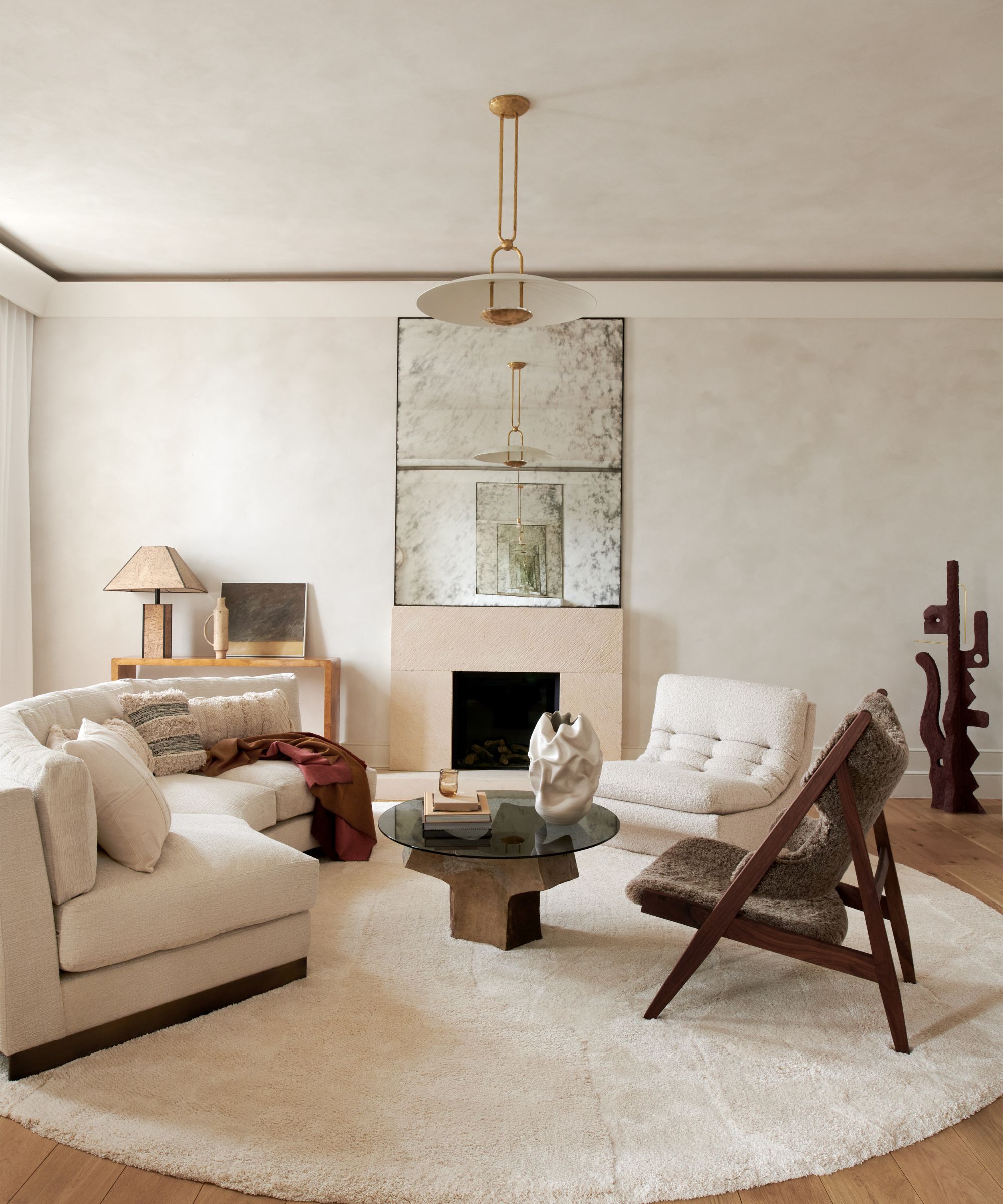
Resist the temptation to load your seating with an abundance of throw pillows.
'Too many pillows can transform your living space from cozy to cluttered in the blink of an eye. In minimalism, a restrained approach is crucial,' advises Jacky Chou. 'A select number of well-coordinated pillows, in tune with your color scheme and furniture, is best.'
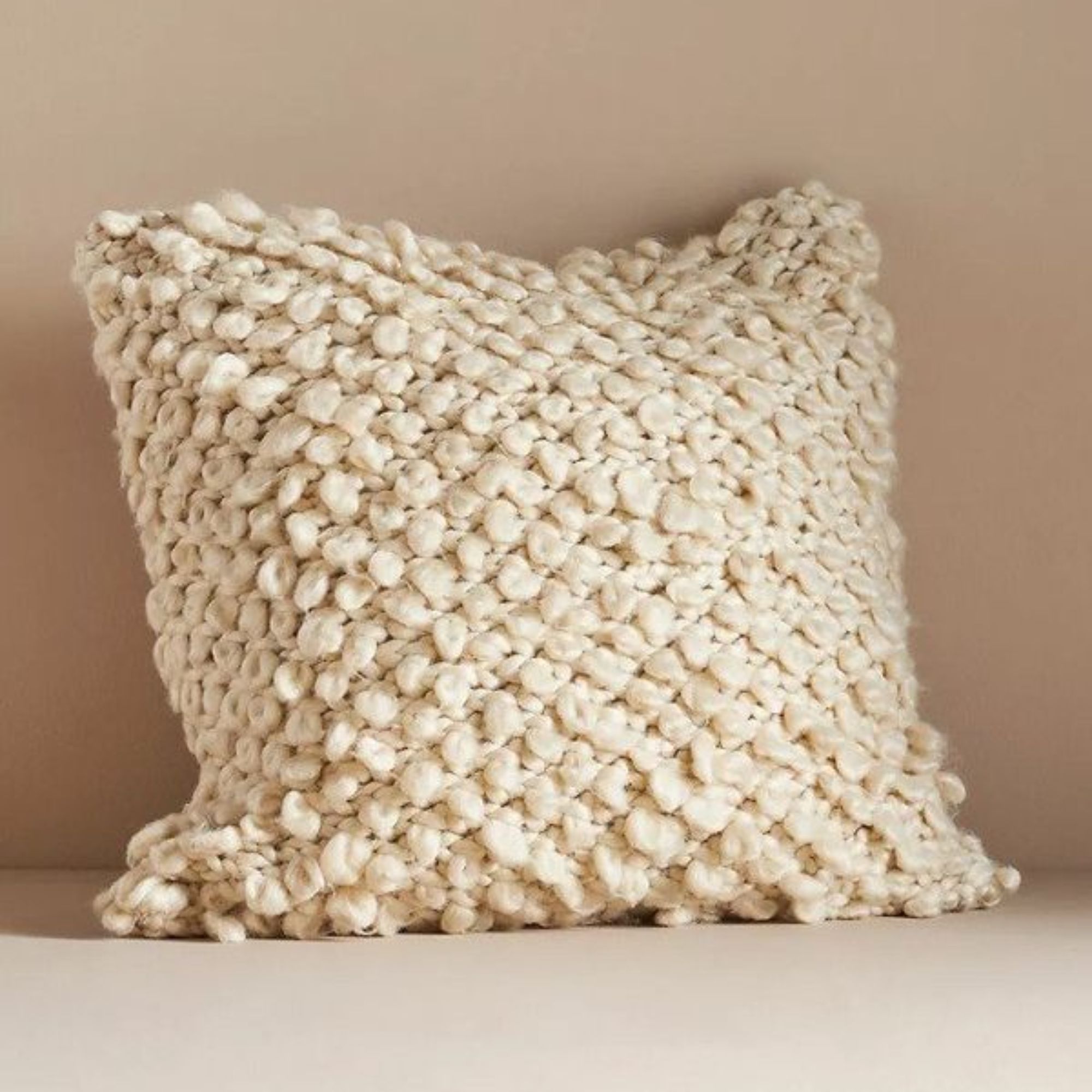
$88
For ultimate warmth this fall, this pillow is guaranteed to bring the cozy-factor to either the bedroom or living room. It's neutral color means it pairs well with lots of design styles.
8. Heavy window treatments
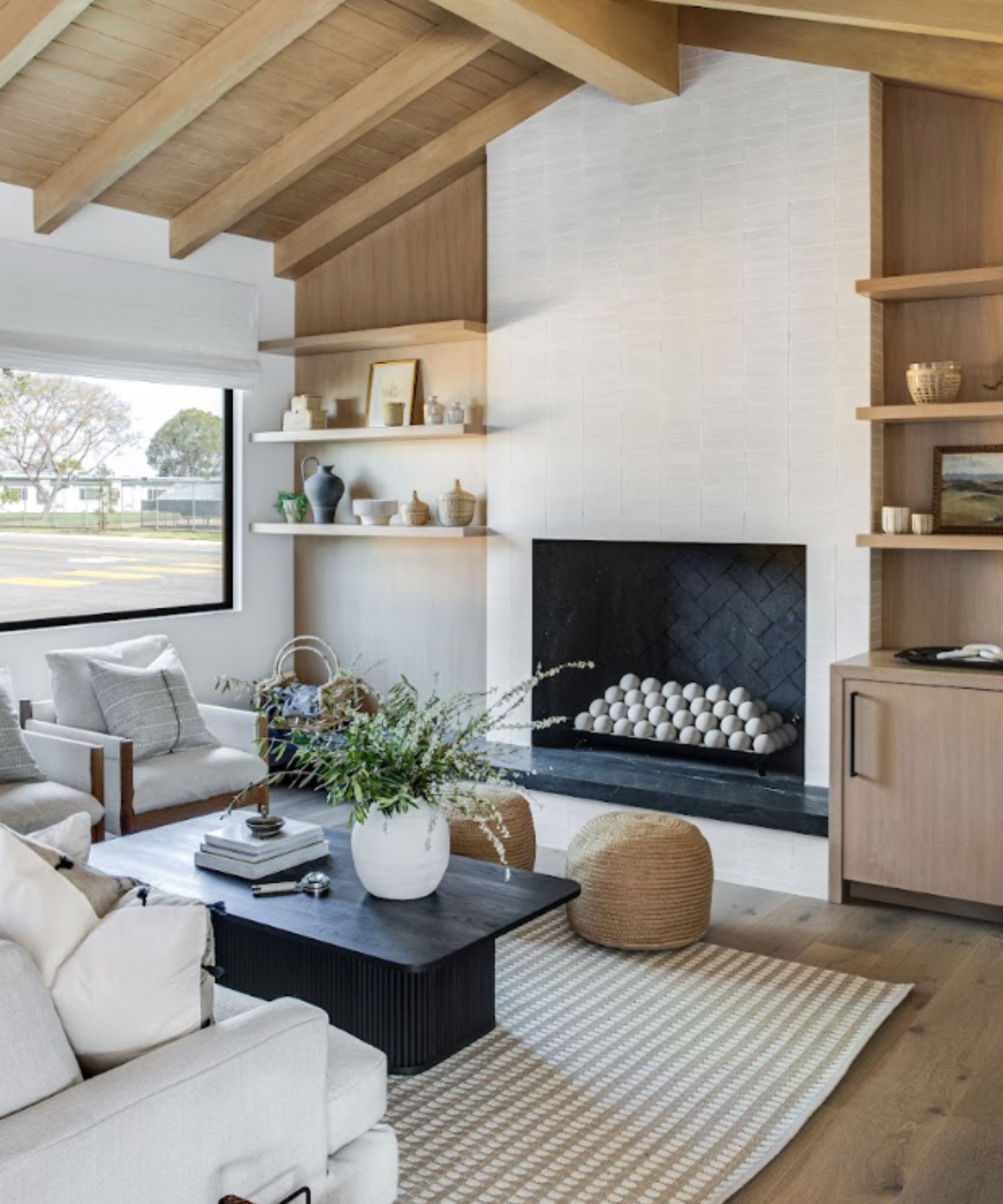
'Heavy curtains or elaborate window treatments can disrupt the minimalist flow of natural light,' says Elizabeth Grace, 'Instead, opt for sheer or light-filtering window coverings that maintain a sense of openness and simplicity.'
Jacky Chou also explains, 'While curtains do a splendid job of blocking out undesirable rays and noises, at times, they can do this job too well. Since minimalists love natural light and invigorating breezes, they opt for blinds or shades. This ensures that sunshine reigns supreme and their space is regulated for privacy. Also, the options they choose create simplicity and harmony with the wall color.'

Jacky Chou is the principal and director at Archute, an editorial magazine about architecture, home and garden. They have been referenced by The New York Times, Bustle, House & Home, Bloomberg, and Angi. Jacky also his own an online interior design company as well called Laurel & Wolf.
FAQs
Is ornate decor minimalist?
Ornate decorative items are not typically part of minimalist style.
'Ornate, overly embellished decor items have no place in a minimalist living room,' says Elizabeth Grace, founder of Dream Home Making. 'Say no to intricate picture frames, heavily adorned mirrors, or overly detailed sculptures. Instead, choose simple, clean-lined decor pieces that add visual interest without overwhelming the space.'
Minimalists create a relaxing environment by removing unnecessary things and reducing visual clutter, helping them to feel more connected to their space.
To create an inviting minimalist living room, choose only simple, intentional, peaceful, and aesthetically pleasing decorative items.
Sign up to the Homes & Gardens newsletter
Design expertise in your inbox – from inspiring decorating ideas and beautiful celebrity homes to practical gardening advice and shopping round-ups.

Lola Houlton is a news writer for Homes & Gardens. She has been writing content for Future PLC for the past six years, in particular Homes & Gardens, Real Homes and GardeningEtc. She writes on a broad range of subjects, including practical household advice, recipe articles, and product reviews, working closely with experts in their fields to cover everything from heating to home organization through to house plants. Lola is a graduate, who completed her degree in Psychology at the University of Sussex. She has also spent some time working at the BBC.
-
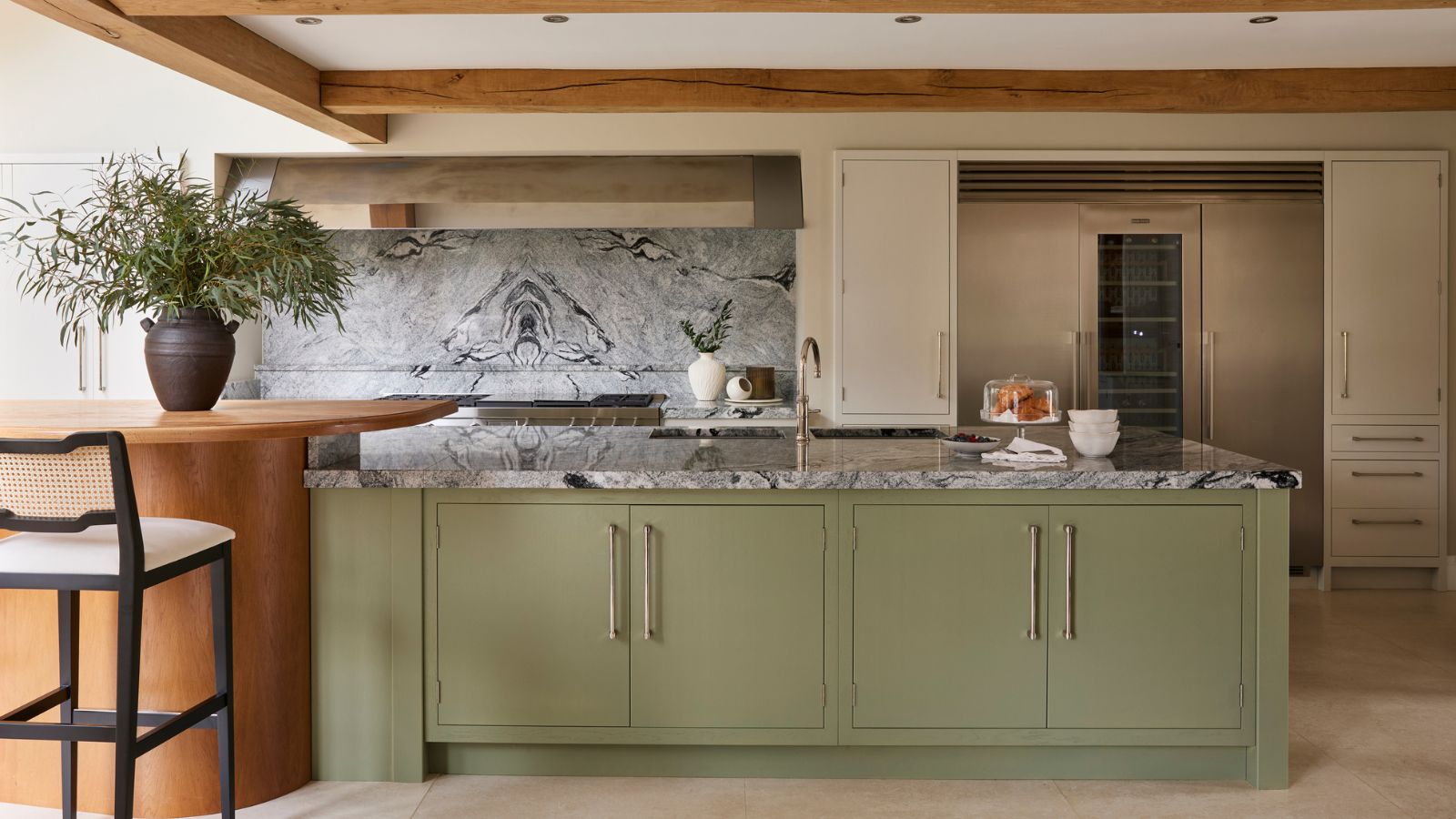 5 freezer cleaning mistakes you must avoid – or risk compromising your food quality and shortening the lifespan of your appliance
5 freezer cleaning mistakes you must avoid – or risk compromising your food quality and shortening the lifespan of your applianceAvoid these blunders for a safer kitchen
By Seraphina Di Mizzurati
-
 What is an island bed? This clever garden design trick can add privacy and drama to any backyard
What is an island bed? This clever garden design trick can add privacy and drama to any backyardCreate a long-lasting, low-maintenance and visually appealing island bed that also serves a purpose in the garden
By Sarah Wilson
